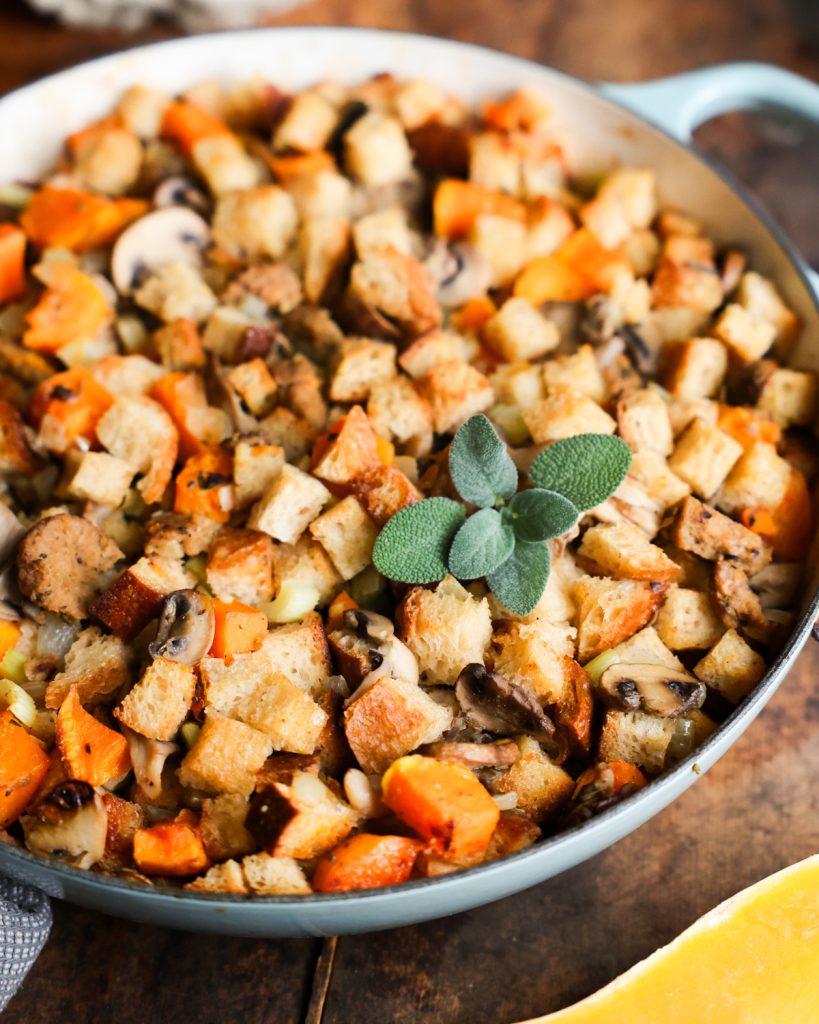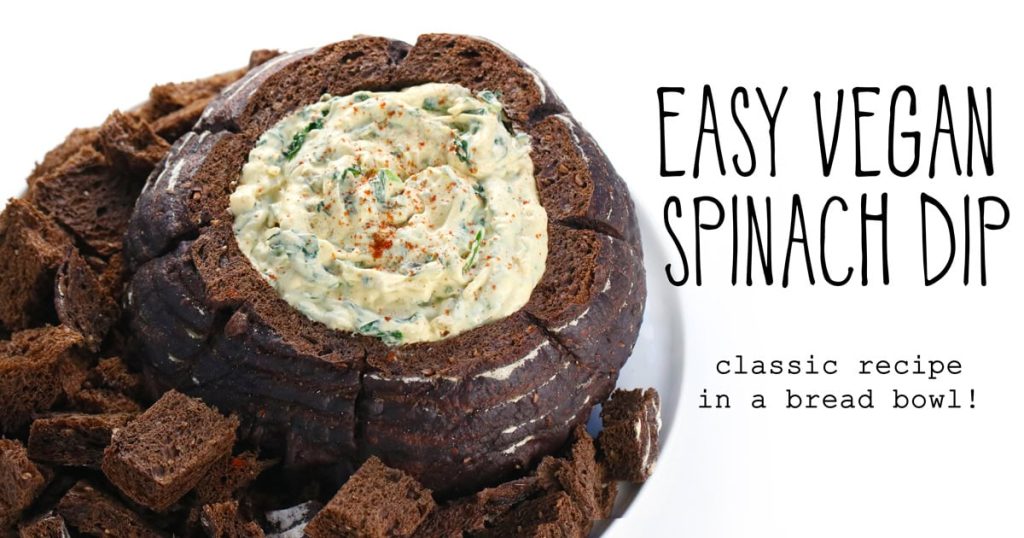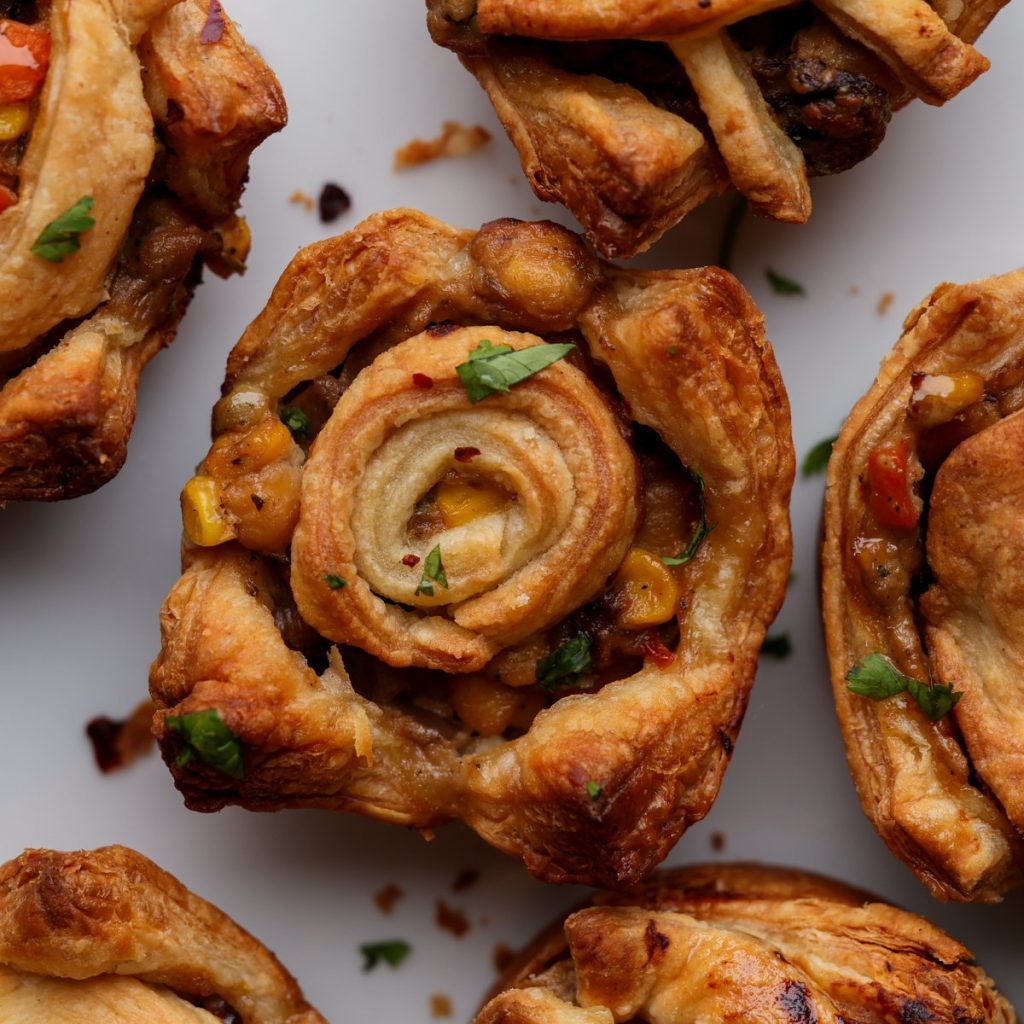You may have some cooks on your Christmas list. Maybe you are a cook yourself. Several vegan cookbooks have hit the shelves lately, and we are having a look at five of them. Disclosure: I received Decadent, Gluten-Free Baking and OATrageous Oatmeals free from the publisher in return for a review. I purchased the remaining books.
In no particular order:
OATrageous Oatmeals. Many years ago, before I went vegan, I obtained a copy of a small booklet of recipes featuring oatmeal. It was published by Quaker Oats, as you might expect. That booklet got a lot of use. It explored the world of oatmeal, going beyond the expected. This new book takes “unexpected” to another level.
We find traditional recipes oated up here: biscuits, breakfast cereal, pancakes, coffee cake, cookies, cakes, pies. There are several soups as well. But some of the modifications go past what you’d expect. Cauliflower oat pizza crust for example. Then there are the recipes that take oats into other realms.
Yogurt? Yes. Full instructions for making oat milk and then making yogurt with it. You can even pull that dusty yogurt maker from the closet and use it (I’m sorry now that I gave mine away). But you don’t have to. You can use a dutch oven. The only extra bit of equipment you’ll need that you may not have is a candy thermometer.
Sausage? Who would have thought of oatmeal as the basis for sausage crumbles that you can use on pizza, in tofu scrambles, or wherever else sausage works? I didn’t.
How about coconut oat vanilla nut or chocolate mint creamer? Don’t you want some in your coffee? Or maybe you’d prefer a vegan cream liqueur.
Oats have uses other than as people food, too. It’s easy to make a lavender oat bath soak or an oatmeal cookie scrub. I’m thinking these would make super gifts, too. Even better, you can make a variety of doggie cookies and cat treats.
Oats have never been “just for breakfast”. With this cookbook they can enter almost every part of your life.
Happy Herbivore: Holidays & Gatherings. Of all the books in this list I have used this one the most. That is mainly because I have been cooking for special events lately. Also because it is in the no-added-oils camp* and I’m in there too.
It isn’t a large book, just 207 pages including the full index, and it is illustrated with full-color photographs. The book is divided into the type holiday or event, so it is best suited to menu planning. You’ll find recipes for the full meal and dessert, plus often appetizers and drinks. It also includes, as do most Herbie books (to my knowledge), a section of DIY recipes: how to make your own mayo, your own cajun seasoning, no-beef and no-chicken broth, pizza dough, vegan Worcestershire sauce, and more. This may be my favorite part of these books. I love that I can save money and produce good quality products with little effort.
In addition to the usual special holidays, the book offers menus for kid birthdays, brunches, large parties, and other events we often have in our lives.
Several of the recipes are recycled from other Herbie books. This didn’t bother me, but whether it bothers you depends on what you are looking for. I liked having the whole meal there, with options, in one place. One thing that stands out, though, is that most of these recipes are scaled for two people. The section for “large group gatherings” is a series of different types of “bars” – brunch bar, taco bar, potato bar, you get the idea. You get to decide how much of each item to provide. I did not find an explanation for this decision in the book, but may have missed it. I find that odd because it is a book for “holidays and gatherings”. Two isn’t much of a gathering.
I made several of the recipes. Some were really delicious and appealed to everyone I served them to (I had to quadruple the recipes usually). Some did not turn out so well. I take the blame for that, but I note that when Lindsay lists produce items she usually does not specify how large the potatoes or acorn squash should be or what the weight should be (approximately). Some things tend to be of uniform size, like peas, but others not so much. At times I simply had no idea what she considered a “small onion” or an average sweet potato. It is true that for most dishes it isn’t necessary to be exact, but sometimes you need just a little guidance.
In spite of what I considered to be a few drawbacks, I find it a worthwhile investment.
Thug Kitchen. When I ordered Thug Kitchen I was unaware of the controversy it had raised. The website has been around for quite a while and I had not read anything on there about the name. I doubt that the authors were aware that the term “thug” is now often equated with the term “n—r”. I certainly wasn’t (not a big-city person, me). It’s unfortunate that the controversy may have drowned out the point of the book, at least as I take it. The authors (an LA couple who choose to be anonymous) like getting down and dirty, making it “real”. The book gets a lot of rave reviews and hey! It’s good s**t! It talks to a lot of people.
There are a lot of good recipes here. None too complicated, all using fresh ingredients as much as possible, and nothing hoity-toity. Shouldn’t have trouble finding the ingredients in most supermarkets. If you don’t lurk around a kitchen much, this book will help you figure it out in its “basic tools for kitchen domination” section. In addition, some of the recipes have extra perks – like the side piece next to the pancake recipe that tells you how to convert the recipe into a pancake mix for use in the future.
While the majority of the recipes will appeal to the “street” in all of us (tacos, burgers, snacks aplenty), many can be served to guests who might not indulge in the down-home foul language that litters this book. Try Sweet Potato, Squash, and Black Bean Enchiladas, for example. Or Creamy Ravioli with House Marinara. Yeah, you do make the ravioli from scratch. No special equipment.
The book is illustrated with color photographs of many of the dishes and appropriately designed with rough edges.
This one you can give to that guy who just moved out of your house (or his mother’s). Or your sister, if she has a sense of humor.
Decadent Gluten-Free Vegan Baking. I’d say that about covers it. Thrill your omni, gluten-free friends and family as well as your vegan self. For the most part, DG-FVB is a book of veganized standard baking recipes. That is, although there is the nod to reducing the amount of fat or sugar and using healthier products, most of the recipes appear to be variations on baking standards with vegan and gluten-free substitutions. Not that there’s anything wrong with that! In addition, though, there are some special treats you might not expect, like the set of Girl Scout Cookies! They are all here, I think – from Samoas to Thin Mints (yes, I know the GS version is now vegan – but is it gluten-free?) to Pecan Sandies and more…all of them. It doesn’t stop there. You can also make Cheez-its, Oreos, Pop-Tarts, Fig Newtons. How fun is that?
In the core of the book are the standards you are going to want to make. Brownies, gingerbread men, chocolate chip cookies, sugar cookies, snickerdoodles, a variation on oatmeal cookies that uses dried cranberries. For the coffee drinker there are Chocolate Almond Biscotti (I’m trying this one soon). As the decadence increases we find the Key Lime Cheesecake Bars, Chocolate Chip Blondie Ice Cream Sundaes.
Ms. Cara hasn’t left out the fluffier baked goods. Donuts, muffins, scones, biscuits, cakes, breads. Oh, and Lazy Man’s Tiramisu, which uses the Chocolate Cloud Cookie recipe and a couple of cans of coconut cream. I’d be hard-put to think of a sweet baked good that isn’t in here. It doesn’t end there, though. There is a section of sauces and toppings, plus decorative icing, sugar glitter, and even chocolate sprinkles. Cara also offers a recipe for an all-purpose gluten-free flour blend and a “special blend” that includes oats. The book finishes with information about ingredients, instructions on baking without eggs or dairy, and additional tips. Full-color photographs fill many of the pages, and each recipe starts on a new page.
All American Vegan. Jennifer and Nathan Winograd have created a book that is both a cookbook and an animal rights primer. Nathan Winograd has made his name in the No-Kill Shelter movement, starting with his groundbreaking book, Redemption. In this book he dares to challenge the commonly-held belief that animal shelters are killing animals because there is an overpopulation problem. Because there are no homes for these animals. (To learn more about Redemption see this review.) He now takes us into his everyday life, along with his wife Jennifer, to try out their recipes.
All-American Vegan is well-named because it conjures up images of comfort food, and comfort food is what you get here. There is even a mock diner menu, where you can see at a glance how well the Winograds have veganized coffee shop offerings. From muffins, hash, omelets, pancakes, and sausages to cheesecake, cookies, and ice creams, you’ll find your favorites from old here. Many of the recipes rely on cashew cream, a cream replacement made of raw cashews and water. Other favorite vegan substitutions are used, both store-bought and homemade (seitan, for example).
Don’t expect all of these recipes to be super-healthy. Comfort food generally is not the healthiest. They do tend to be lower in fat and of course contain no cholesterol or animal proteins, so in that respect alone they are superior to their animal-based counterparts. If you are in the process of making the transition from omnivore to vegan, this is a great place to start. Ultimately, though, you’ll want to use many of these recipes for special occasions only. Studies show that you can endanger your health with vegetable oils just as easily as you can with animal, sad to say*.
This is a colorful book with cartoony, retro illustrations. It is a large-format book, particularly suitable as a gift. Its current price is so low you can even afford to offer it to non-vegan family members as a way to explain what it is you are up to, and they very well may not even be offended by it because the writing is gentle and entertaining.
—-
This is a selection of only a tiny number of the vegan cookbooks out there, even of those published recently. Are there other new ones you like? Let us know.
—
* See McDougall et al.







